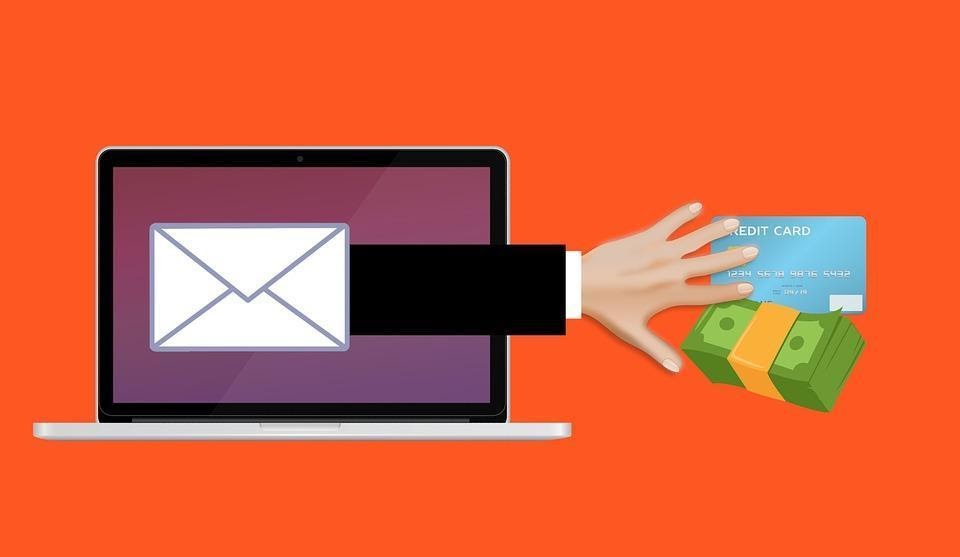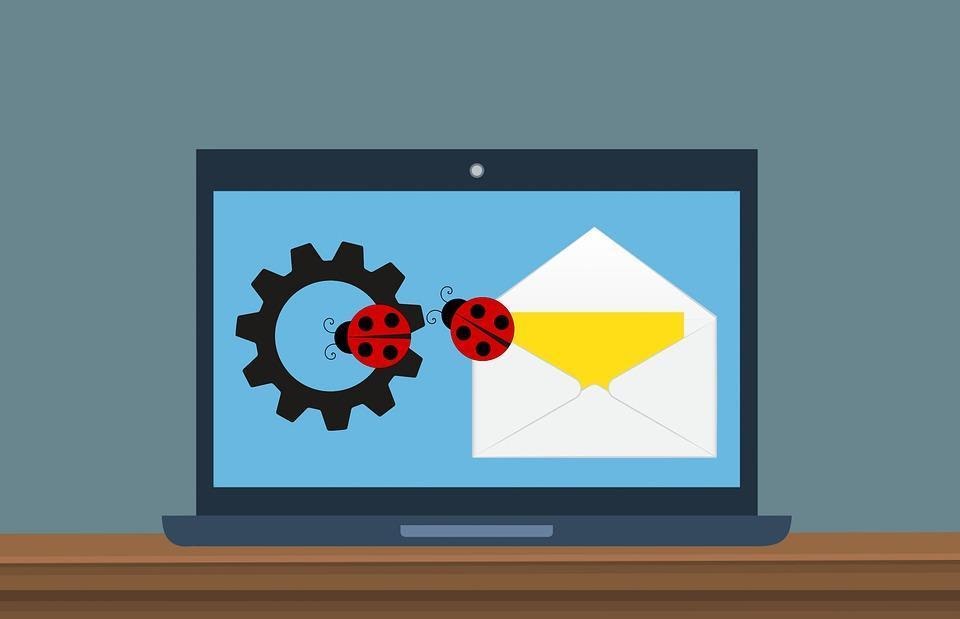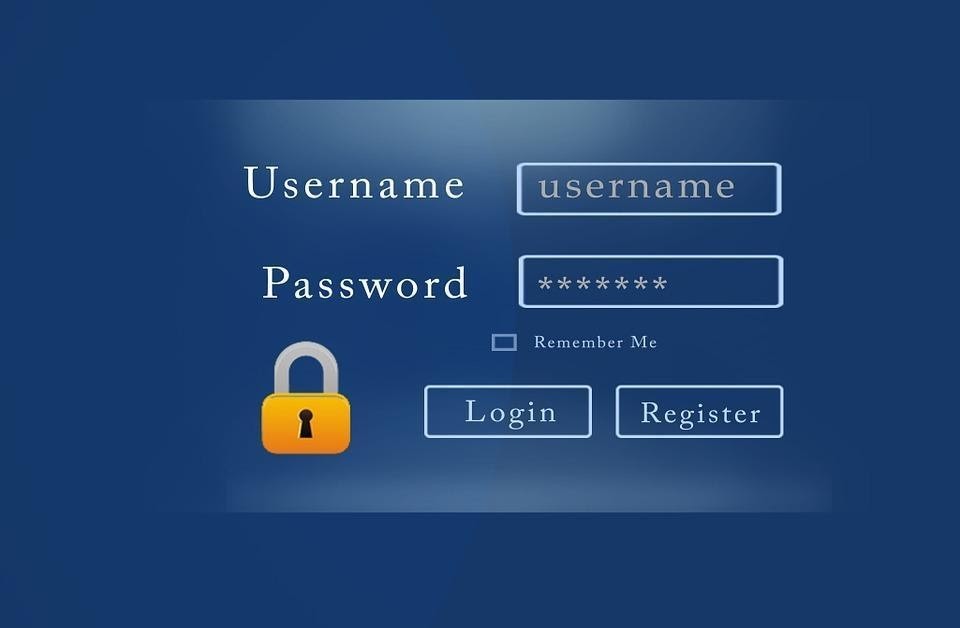
With a steep surge in internet activity and businesses going online owing to the pandemic, cybercrime has become a significant source of concern and anxiety for everyone. Emails have always been the most preferred and cost-effective way for businesses to do marketing and individuals to communicate.
Simultaneously, emails have also turned out to be the most exploited path by hackers to distribute malware. According to Verizon Data Breach Report (Source: https://enterprise.verizon.com/resources/executivebriefs/2020-dbir-executive-brief.pdf ), 22% of data breaches in 2020 involved phishing. Hence, Email Security should undoubtedly be on top of your priority list.
Table of Contents
What is Email Security?
Email Security essentially involves securing your emails from unauthorized access from hackers. Spam emails, phishing emails, and email accounts hacking are widely used tools by cybercriminals to carry out financial fraud and data thefts.
Although awareness is increasing among phishing emails, many users still fall prey to the most advanced phishing emails. Using encryption for your emails and good email security software also form a vital part of securing emails that will surely cut down on your worries and safeguard your inboxes across all your email accounts.
Is Email Security essential for you?
Such email hacking attempts are disastrous for organizations if hackers can access the systems’ database through distributed malware. Many online services use email verification codes for carrying out financial transactions, and your critical financial information could be put at risk in the event of security compromise.
There are so many contacts on your contact list that could be vulnerable if your email gets any malicious software in the form of infected attachments or links, and you tend to click on it.
Spoofing emails impersonating your confidante, phishing emails carrying links to fake websites that urge you to give out your crucial data, can lead to serious financial fraud and identity thefts. Ransomware is another widely distributed malware through email; if it gets access to organizations’ critical configuration files, it can cause substantial financial losses to businesses. Thus, it is better to secure always your emails in the form of data encryption and audit trails that serve as an additional control to your business. You can check and learn more from mSign about their signature API.
Any crucial user data leak can cause a considerable dent in the company’s reputation and user trust. So, it becomes imperative to control any serious damage to the financial health and reputation of the companies inflicted by email security threats.
Most Common Security Threats That Endanger Email Users

It is crucial firstly to be aware of all the latest and modern variants of the security threats that email users face so that you can implement effective solutions to counter them; here is a quick overview of the most common and dangerous forms of security threats posed by emails,
1. Phishing:
Phishing emails are the ones that are causing major data security threats today. These phishing emails appear to come from trusted sources, personal or organizations, that persuade you into sharing your credentials or urge you to download malware by showing some urgency to login.
They could direct you to a fake website to make you believe in parting with, say, your crucial financial details, which could then be misused for carrying out identity theft or fraudulent transactions.
2. Ransomware:
Some malware holds the organization’s hostage by overwhelming traffic flow to the servers and making the host’s services temporarily unavailable for its clients and threatens to leak the crucial data of its customers unless a ransom is paid. It is carried out by encrypting the victim’s data files and asks for a ransom amount to reverse the process.
You can imagine how the whole trust and reputation of the organization are put at stake. The pandemic time has seen a sharp increase in ransomware attacks worldwide on medical facilities and institutes developing Covid vaccine and research inflicting huge financial losses to companies.
3. Malware:
Malware refers to all the malicious software designed to carry out damaging functions like deleting, encrypting, or stealing crucial information, having unauthorized access to your system files, and trying to alter several of your configuration functions, bringing your servers down.
Different types of malware are distributed through different paths to infect your computer systems and IT infrastructure, but malware is most widely distributed through emails.
4. Spams:
Spam emails are unsolicited emails received in bulk. Such emails make it very difficult for the users to trace legitimate emails, which get lost between spam and can be very bothersome. Some spam mails can even carry malware or harmful links like phishing.
5. Spoofing:
Spoofing refers to emails that seem to originate from your reliable individual sources or familiar brands but instead are forged emails that have originated from hackers. Spoofing is commonly used to carry out phishing attacks.
6. Whaling:
This is a very specifically targeted, sophisticated phishing email that targets the companies’ high executives and tricks them into the authorized high-value transfer to the attackers.
7. Social Engineering:
Social Engineering depends more on the attackers’ psychological approach to manipulate the victim to break standard security practice and use it to break into your systems. This type of attack also uses email spoofing and email phishing to carry out their malicious plans.
Simple and Best Email Security Practices

Email Security practices are essential for the safety of your and your company’s data, so let us focus here on simple email security practices that will go a long way in achieving your security goals.
1. Use Two Factor Authentication:
Protecting your emails with two-factor authentication gives an additional security layer by sending a verification code through SMS. So, now a two-step verification is required to login into your email account.
2. Pay Attention to Strong and Unique Password:
A weak password can make your account vulnerable to hackers who can crack it in no time by bombarding your login page with thousands of passwords using Brute Force attack. So, using a strong password and unique ones across all your accounts can add to your security. It is also advisable to keep updating your passwords from time to time to secure your email accounts.
3. Using A Firewall and Spam Filters:
Using a firewall protects your system from malicious attachments and other suspicious materials. It is essential to use the spam filters that come with the email account provided by an email service provider. It helps you filter most basic spam, but it is advisable to use good third-party spam protection software for more advanced spam protection.
4. Use Strong Antivirus Software with inbuilt Email protection:
Use Antivirus software that gives you robust protection against Trojans and viruses-infected Emails. Some antivirus has additional robust email protection features against malware and phishing, which can be a good bargain for your investment.
5. Review Connected Apps:
You should be careful while attaching third-party apps to your email account for signing in. It is always advisable to deny access to your email account for any apps you have stopped using.
6. Accessing Emails from a Public Wi-Fi Must be Avoided:
Public Wi-Fi is not secure, so accessing your emails should be avoided as there is always a risk of exposing your login credentials to hackers.
Use Email Encryption:
Encryption of your email means encoding your Email content into an unreadable form to protect it from hackers. It can only be converted into a readable format by the authorized recipient with a decryption key. If your email provider uses an SSL certificate to secure a connection, then your connection with your email service is encrypted.
But, if you want to have end-to-end encryption, which means that your email is encrypted while in transit to the recipient till they use a decrypt key, this can be achieved with Email Security (Secure/Multipurpose Internet Mail Extensions, S/MIME) Certificates. It also puts a digital signature that lets the recipient know that your account’s message is authentic.
This type of encryption is usually used in businesses that require a very high degree of security. For common users, using a Virtual Private Network (VPN) provides the required encryption of emails and other internet traffic.
In Conclusion
In conclusion, we can say that the complex modern email security threats faced today need a well-rounded and effective email security strategy in place. It is equally important to create awareness among users and employees regarding the various email security threats and use the best email security practices discussed here, which are beneficial to protect both personal and business accounts. Equipped with these security solutions, you are ready to put a good fight to the security threats posed through emails.